
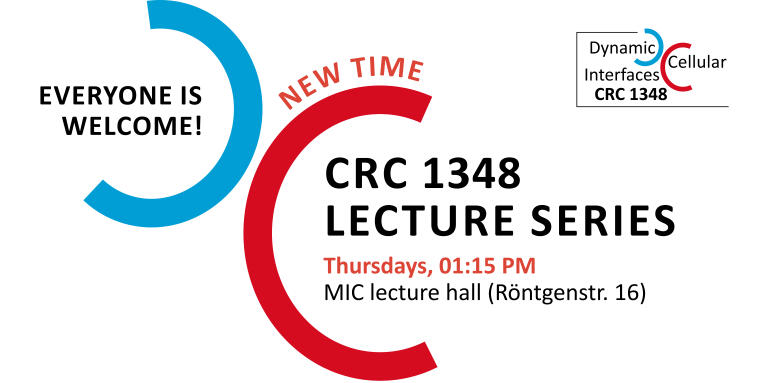
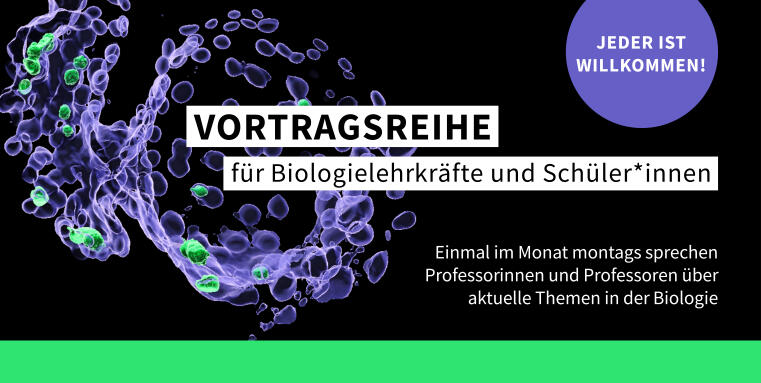


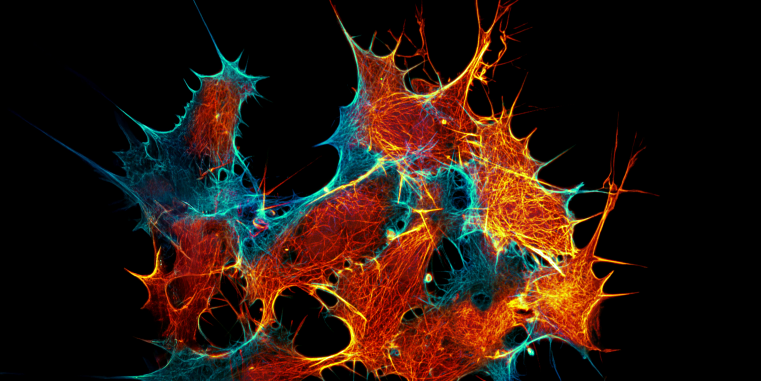

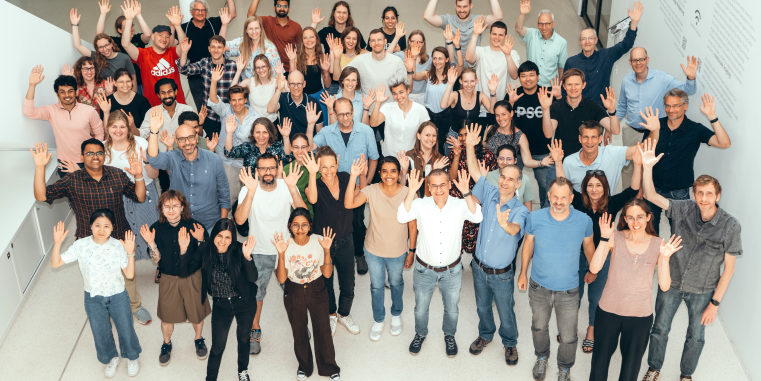








The precise spatial and temporal organization of cellular differentiation, essential for organismal development and physiology, depends on the correct formation and function of cellular interfaces. These interfaces facilitate the efficient transfer of materials and information between cells, through the dynamic assembly of molecular platforms at the plasma membrane. Such platforms integrate external and internal signals and transduce mechanical forces, guiding development and ensuring correct responses to physiological and pathophysiological changes. The Collaborative Research Center (CRC) 1348 focuses on understanding how these dynamic cellular interfaces are formed and how they control decision-making in cells and tissues.
We have developed a comprehensive strategy combining molecular modeling, structural biology, biochemistry, organic synthesis, genetics, cellular and developmental biology. This approach aims to unravel the molecular mechanisms governing cellular interactions and responses in individual cells as well as in multicellular organisms. Leveraging advances in high-resolution imaging, optogenetics, single-cell technologies, synthetic biology, and engineering, CRC 1348 aims to not only understand but also to precisely manipulate dynamic processes at the plasma membrane. Our goal is to provide a deep understanding of the molecular principles that govern cellular interface formation and function, setting the foundation for future efforts to recreate biological complexity from the bottom up.
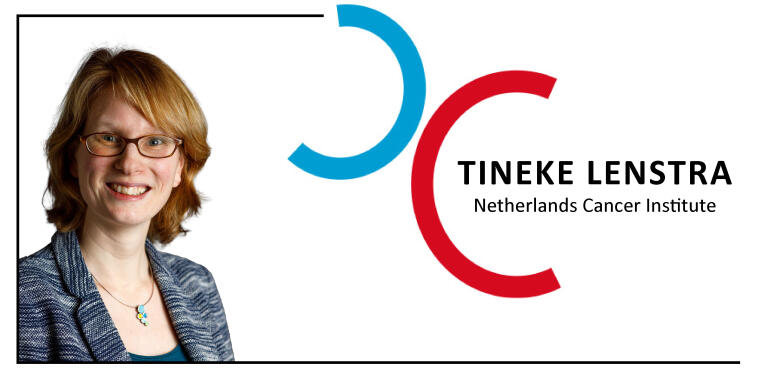
Exciting seminar with Tineke Lenstra about "Understanding transcription: one molecule at a time".
Click here for more information.

Das Auge ist ein faszinierendes Sinnesorgan, das präzise Informationen aus weiten Bereichen der Umwelt sammelt und auch verrechnet. Während der Evolution ist die Lichtwahrnehmung wahrscheinlich nur einmal entstanden und wurde in den verschiedenen Tierstämmen in unterschiedlichen Augentypen weiterentwickelt. In unserem Linsenauge werden die Lichtsignale von einer etwa 0,2 mm dicken Retina aufgenommen und verrechnet. In der Retina gibt es verschiedene Klassen neuronaler und nicht neuronaler Zellen (Photorezeptorzellen; Horizontalzellen, Bipolarzellen, Amakrinzellen, Ganglienzellen, Müllerglia). Aufgrund molekularer und physiologischer Daten können jedoch mehr als 100 verschiedene Zelltypen definiert werden. Diese analysieren das Bild der Umwelt in mehreren unabhängigen Kanälen. Farben werden über drei unterschiedliche Zapfensysteme verrechnet und auch Kontraste oder Bewegungen werden jeweils in unterschiedlichen Kanälen analysiert. Es werden die grundlegenden Prinzipien des Bauplans der Retina sowie die Methoden, die zur Entschlüsselung ihrer komplexen Verschaltung genutzt werden, vorgestellt.
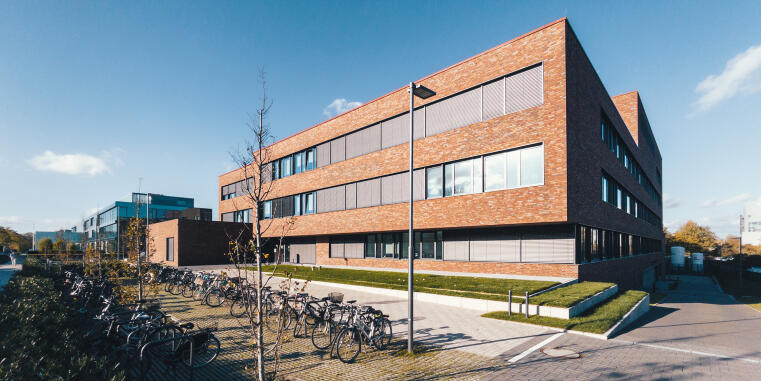
The CRC 1348 office is located in the Multiscale Imaging Center (MIC). Our seminars take place in the MIC auditorium.
From Münster central station (Münster Westf Hbf) you can reach the MIC by bus in around 30 minutes.
Bus stops:
(Status as of November 2023)
(Status as of November 2023)